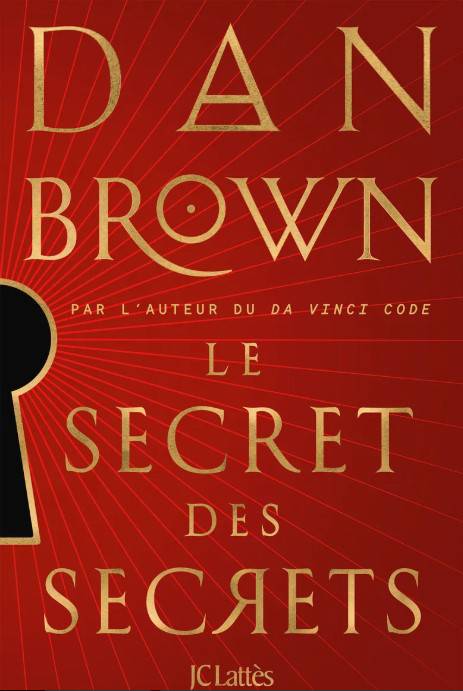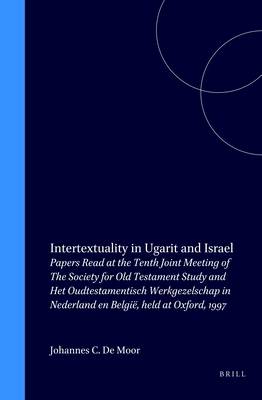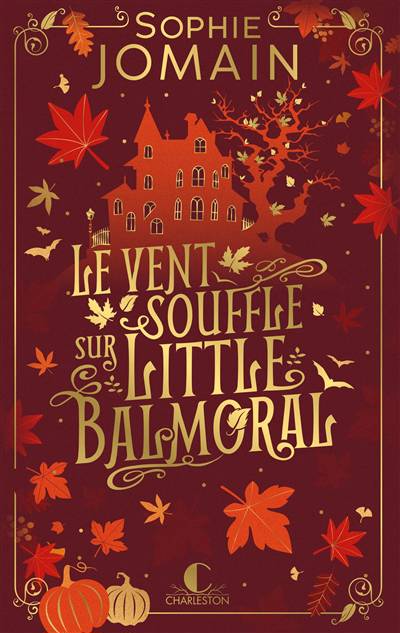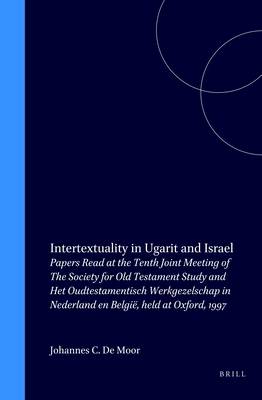
- Retrait gratuit dans votre magasin Club
- 7.000.000 titres dans notre catalogue
- Payer en toute sécurité
- Toujours un magasin près de chez vous
- Retrait gratuit dans votre magasin Club
- 7.000.0000 titres dans notre catalogue
- Payer en toute sécurité
- Toujours un magasin près de chez vous
Intertextuality in Ugarit and Israel
264,45 €
+ 528 points
Description
In modern literary studies intertextuality is at the centre of interest. Although the relationship between texts has always been an important aspect of Old Testament studies, especially in literary criticism, the scale of comparison has broadened, including for example the interrelationships between the First, Second and Third Isaiah, or the whole Book of the Twelve. These relatively new approaches raise a number of methodical questions which were addressed at the Tenth Joint Meeting of the British Society for Old Testament Study and the Dutch 'Oudtestamentisch Werkgezelschap', held at Oxford, 22nd to 25th July 1997. Did the ancient authors have a well-defined concept of a book? How did they relate to the literary work of their predecessors and contemporaries? Can we trace the theological motifs behind their use of other literary compositions? What does an ancient version reveal about the way it interpreted its source text?
One of the problems confronting biblical scholars in this kind of research is the lack of controllable models. Therefore it is useful to study the work of the Ugaritic chief priest Ilimilku whose three major literary compositions provide us with a unique possibility to monitor intertextual relationships in the work of one and the same ancient author. Ugaritic and other ancient Near Eastern parallels help us to understand how the Priestly writer re-interpreted the Yahwistic account of the creation of mankind. Apparently intertextuality in Israel is a phenomenon which cannot properly be understood without taking other literature from the ancient world into account.
One of the problems confronting biblical scholars in this kind of research is the lack of controllable models. Therefore it is useful to study the work of the Ugaritic chief priest Ilimilku whose three major literary compositions provide us with a unique possibility to monitor intertextual relationships in the work of one and the same ancient author. Ugaritic and other ancient Near Eastern parallels help us to understand how the Priestly writer re-interpreted the Yahwistic account of the creation of mankind. Apparently intertextuality in Israel is a phenomenon which cannot properly be understood without taking other literature from the ancient world into account.
Spécifications
Parties prenantes
- Editeur:
Contenu
- Nombre de pages :
- 232
- Langue:
- Anglais
- Collection :
- Tome:
- n° 40
Caractéristiques
- EAN:
- 9789004111547
- Date de parution :
- 20-03-98
- Format:
- Livre relié
- Format numérique:
- Genaaid
- Dimensions :
- 166 mm x 245 mm
- Poids :
- 562 g

Les avis
Nous publions uniquement les avis qui respectent les conditions requises. Consultez nos conditions pour les avis.





